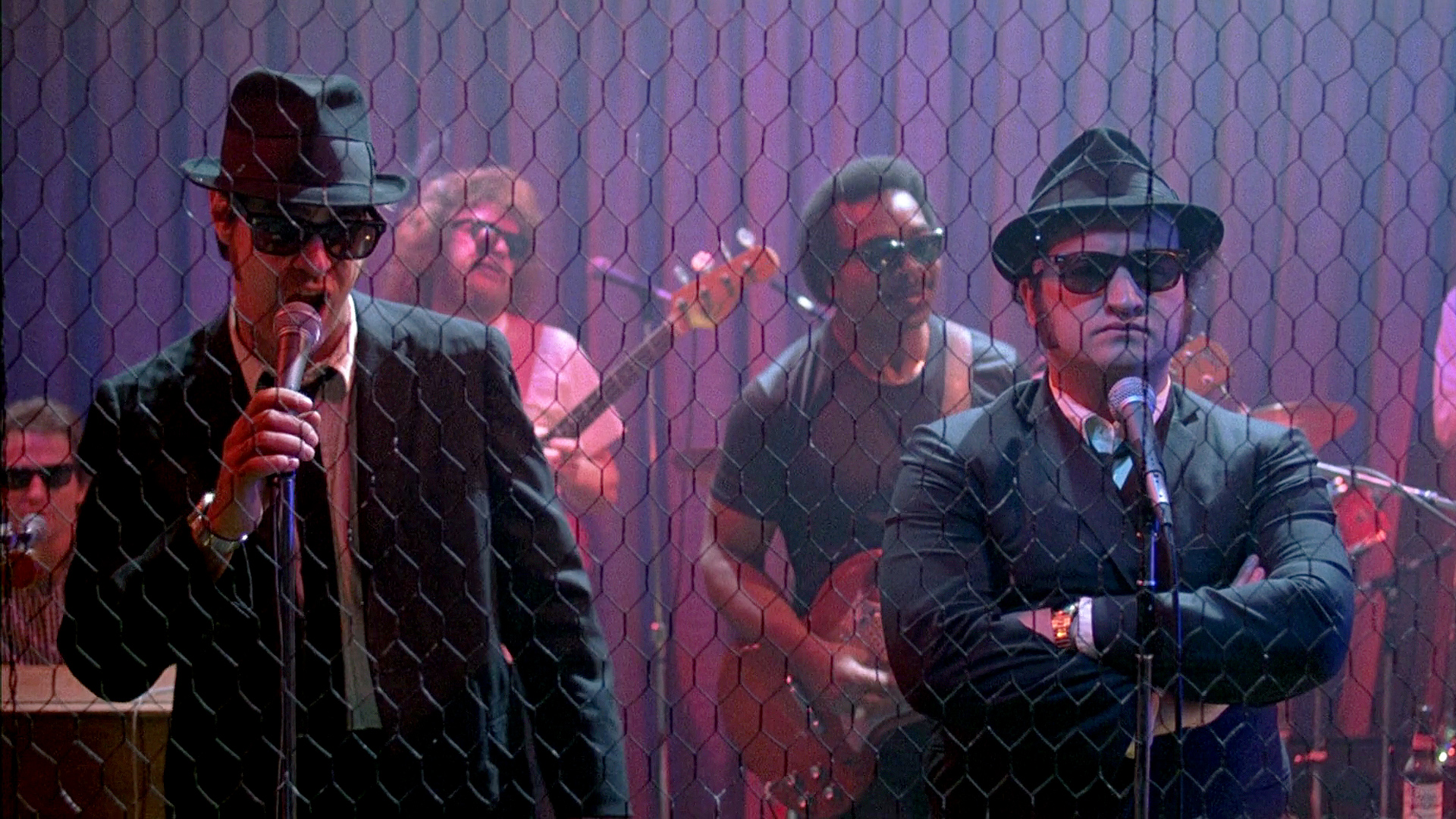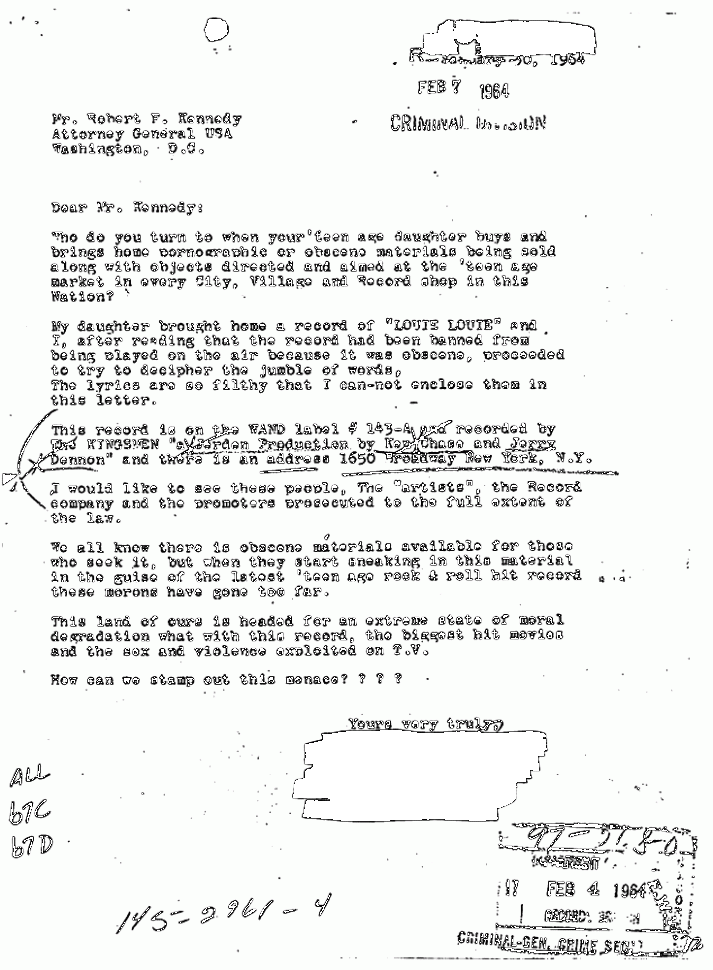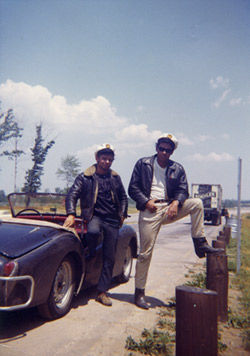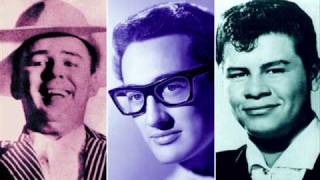It was the Golden Age of Greek history, a time when “[Men] lived like gods without sorrow of heart, remote and free from toil and grief…” according to the Greek poet, Hesiod. A time of Confucius and the Buddha in the east while the Olmec peoples ruled over much of South and Central America, a time when the Italian city-state of Rome overthrew a Monarch, to form a Republic.
 2,500 years ago, Bantu farmers on the African continent fanned out across the land as the first Africans penetrated the dense rain forests of the equator, to take up a new life on the west African coast.
2,500 years ago, Bantu farmers on the African continent fanned out across the land as the first Africans penetrated the dense rain forests of the equator, to take up a new life on the west African coast.
The Islamic crusades of the 7th and 8th centuries turned much of the Maghreb (northwest Africa) to Islam and displaced the Sahelian kingdoms of the sub-Saharan grasslands. The hunters, farmers and traders of Coastal Africa remained free to make their own way, isolated by those same rain forests from the jihads and other violence of the interior.

The first European contact came around 1462 when the Portuguese explorer Pedro de Sintra mapped the hills surrounding modern Freetown Harbour, naming an oddly shaped formation Serra Lyoa (Lioness Mountain).

Home to one of the few safe harbors on the surf-battered “windward coast”, Sierra Leone soon became a favorite of European mariners, some of whom remained for a time while others came to stay, intermarrying with local women.
From the 6th century to a peak of around 1350, Arab slave traders conducted a rich trans-Saharan trade in human beings.
According to the Guyanese historian Walter Rodney, slavery among and between the African peoples of Sierra Leone appears to be rare at this time. Portuguese mariners kept detailed records and would have described such a thing though there was a particular kind of “slavery” in the region: “A person in trouble in one kingdom could go to another and place himself under the protection of its king, whereupon he became a “slave” of that king, obliged to provide free labour and liable for sale“. While this type of “slave” retained rudimentary rights at this time, those unfortunate enough to be captured by Dutch, English and French slavers, did not.
While this type of “slave” retained rudimentary rights at this time, those unfortunate enough to be captured by Dutch, English and French slavers, did not.
It wasn’t long before coastal kidnapping raids gave way to more lucrative opportunities. Some chieftains were more than happy to “sell” the less desirable members of their own tribes while others made a business out of war, taking prisoners to be traded for a fortune in European goods, including muskets.
While slave “owners” were near-exclusively white and foreign at this time, the late 18th century was a time of rich and powerful African chieftains, many of whom owned large numbers of slaves, of their own. This was the world of John Newton, born July 24 (old style) 1725 and destined for a life, in the slave trade.
This was the world of John Newton, born July 24 (old style) 1725 and destined for a life, in the slave trade.
The son of a London shipmaster in the Mediterranean service, Newton first went to sea with his father at age 11 and logged six such voyages before the elder Newton retired, in 1742.
His was a wild youth, the life of a sailor bent on drinking and raising hell. That was all brought up short in 1743, when Newton was captured and “pressed” into service with the 50-gun HMS Harwich and given the rank, of midshipman.
The teenager hated everything about the naval service and tried to desert, earning himself a flogging for his trouble.
Eight. Dozen. Lashes. Imagine for a moment, enduring something like that.

Reduced to the rank of common seaman Newton was disgraced, wounded and humiliated. He vowed to murder the captain and hurl himself overboard but it wasn’t meant to be. The wounds healed over in time and, with the Harwich enroute to India, Newton transferred to the slave ship Pegasus, bound for West Africa.
Pegasus would trade goods for slaves in Sierra Leone to be shipped to colonies in the Caribbean and North America. Newton hated life on the Pegasus as much as his shipmates, hated him. In 1745 he was abandoned in West Africa with a slave trader, named Amos Clowe. Newton was now himself a slave, given by Clowe to his wife Princess Peye of the Sherbro tribe, of Sierra Leone. Peye treated Newton as badly as she treated any of her other slaves, treatment as wretched as that meted out to the human beings who had fallen into his own hands, as a slave trader. Newton himself later described these three years as “once an infidel and a libertine, [now] a servant of slaves in West Africa”.
Newton hated life on the Pegasus as much as his shipmates, hated him. In 1745 he was abandoned in West Africa with a slave trader, named Amos Clowe. Newton was now himself a slave, given by Clowe to his wife Princess Peye of the Sherbro tribe, of Sierra Leone. Peye treated Newton as badly as she treated any of her other slaves, treatment as wretched as that meted out to the human beings who had fallen into his own hands, as a slave trader. Newton himself later described these three years as “once an infidel and a libertine, [now] a servant of slaves in West Africa”.
Rescued in 1748 by his father’s request, Newton was returning to England aboard the merchant ship Greyhound when he experienced a spiritual awakening. Caught in a dreadful storm off Donegal, Greyhound seemed doomed when a great hole opened in her hull. Newton prayed for the mercy of God when a load somehow shifted, party blocking the hole. With pumps operating around the clock, the storm died down. Greyhound made port in Lough Swilly, Ireland, four weeks later.
With this conversion, John Newton had come to accept the doctrines of Evangelical Christianity. On March 10, 1748 he swore off liquor, gambling and profanity. For the rest of this life he would regard this day, as a turning point.

There’s a popular story that Newton’s life was changed then and there but it didn’t work out that way. Those hours of despair on board the Greyhound were an awakening, yes, but Newton would return to the slave trade. Even after the 1754 stroke which ended his seafaring career, he still invested in slaving operations.
His was a gradual conversion. “I cannot consider myself to have been a believer in the full sense of the word” he later said, “until a considerable time afterwards.”
While working as tax collector in the Port of Liverpool, Newton studied Greek, Hebrew and Syriac, preparing himself for serious religious studies. In 1757 he applied to become an ordained minister, of the Anglican Church. Seven years would come and go when the lay minister applied with Methodists, Independents and Presbyterians. He was ordained a priest of the Anglican church on April 29, 1764.

Moving to London in 1780 as the Rector of St. Mary Woolnoth church, Newton became involved with the Committee for the Abolition of the Slave Trade.
In 1788 he broke a long silence on the subject to take a forceful stand, against the “peculiar institution“.
In his Thoughts Upon the African Slave Trade, Newton writes: “So much light has been thrown upon the subject…for the suppression of a traffic, which contradicts the feelings of humanity; that it is hoped, this stain of our National character will soon be wiped out.”
Newton apologized for his past in “a confession, which … comes too late … It will always be a subject of humiliating reflection to me, that I was once an active instrument in a business at which my heart now shudders.”
The tract went on to two printings, describing the hideous conditions on board the slave ships and leading to an act of Parliament abolishing the slave trade, in 1807. William Cowper was an English poet and hymnist who came to worship in Newton’s church, in 1767. The pair collaborated on a book of Newton’s hymns including “Glorious Things of Thee Are Spoken,” “How Sweet the Name of Jesus Sounds!,” “Come, My Soul, Thy Suit Prepare” and others.
William Cowper was an English poet and hymnist who came to worship in Newton’s church, in 1767. The pair collaborated on a book of Newton’s hymns including “Glorious Things of Thee Are Spoken,” “How Sweet the Name of Jesus Sounds!,” “Come, My Soul, Thy Suit Prepare” and others.
“I am still in the land of the dying; I shall be in the land of the living soon”. His last words
John Newton was a drunk, a carousing sailor and a slave trader who saw the light and left us one of the great hymns, of the last quarter-millennium.
Amazing grace, how sweet the sound,
that saved a wretch like me.
I once was lost, but now am found,
Was blind but now I see.













 Dan Ackroyd tells a story about long days of rehearsals on the SNL set. An exhausted John Belushi would wander off and let himself into the house of a friend or a stranger, scrounging around for food before falling asleep in the house, unable to be found for the next day’s work. These outings were the inspiration for the SNL horror-spoof sketch “The Thing That Wouldn’t Leave”.
Dan Ackroyd tells a story about long days of rehearsals on the SNL set. An exhausted John Belushi would wander off and let himself into the house of a friend or a stranger, scrounging around for food before falling asleep in the house, unable to be found for the next day’s work. These outings were the inspiration for the SNL horror-spoof sketch “The Thing That Wouldn’t Leave”. The Blues Brothers film premiered in Chicago on this day in 1980, four days before general release. Set in the windy city and sprawling across the Midwest, the musical/comedy film tells the story of a paroled convict and his brother, and their mission to save the Catholic orphanage in which they were raised from foreclosure. The Blues Brothers’ “Mission from God” needs to raise $5,000 to pay the orphanage’s property tax bill. To do so, the pair sets out to reignite their old R&B band, pursued by the police and wrecking 103 cars along the way, a world record for that time.
The Blues Brothers film premiered in Chicago on this day in 1980, four days before general release. Set in the windy city and sprawling across the Midwest, the musical/comedy film tells the story of a paroled convict and his brother, and their mission to save the Catholic orphanage in which they were raised from foreclosure. The Blues Brothers’ “Mission from God” needs to raise $5,000 to pay the orphanage’s property tax bill. To do so, the pair sets out to reignite their old R&B band, pursued by the police and wrecking 103 cars along the way, a world record for that time. “Fans” repeatedly felt the need to desecrate the grave. The body was removed at Mrs. Belushi’s request and reburied in an undisclosed location. An unmarked tombstone in an undisclosed location marks the final burial location, where the man can at last rest in peace.
“Fans” repeatedly felt the need to desecrate the grave. The body was removed at Mrs. Belushi’s request and reburied in an undisclosed location. An unmarked tombstone in an undisclosed location marks the final burial location, where the man can at last rest in peace.
 “Mainstream” white artists of the fifties and sixties often covered songs written by black artists. On April 6, 1963, an obscure rock & roll group out of Portland, Oregon covered the song, renting a recording studio for $50. They were The Kingsmen.
“Mainstream” white artists of the fifties and sixties often covered songs written by black artists. On April 6, 1963, an obscure rock & roll group out of Portland, Oregon covered the song, renting a recording studio for $50. They were The Kingsmen.
 Strangely, the feds never interviewed Kingsmen lead singer Jack Ely, who probably could have saved them a lot of time.
Strangely, the feds never interviewed Kingsmen lead singer Jack Ely, who probably could have saved them a lot of time.
 The family settled for a time in Hannover, West Germany, barely avoiding the communist noose as it closed around their former home in the East.
The family settled for a time in Hannover, West Germany, barely avoiding the communist noose as it closed around their former home in the East.
 Steppenwolf gave us 22 albums. We all know them in one way or another. Yet, the lead singer’s escape from the horrors of the Iron Curtain, not once but twice, is all but unknown. That, as Paul Harvey used to say, is the Rest, of the Story.
Steppenwolf gave us 22 albums. We all know them in one way or another. Yet, the lead singer’s escape from the horrors of the Iron Curtain, not once but twice, is all but unknown. That, as Paul Harvey used to say, is the Rest, of the Story.


 On learning that Jennings wasn’t going to fly, Holly said “Well, I hope your old bus freezes up.” Jennings replied “Well, I hope your plane crashes.” It was just a good ribbing between friends, but the comment would haunt Jennings for the rest of his life.
On learning that Jennings wasn’t going to fly, Holly said “Well, I hope your old bus freezes up.” Jennings replied “Well, I hope your plane crashes.” It was just a good ribbing between friends, but the comment would haunt Jennings for the rest of his life.

You must be logged in to post a comment.